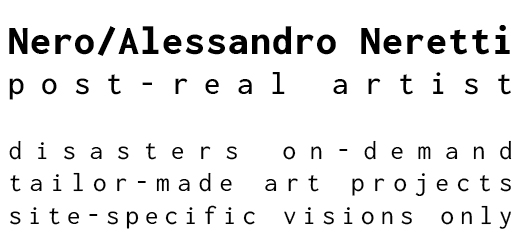Dangerous liaisons feat. AMAA Studio
at 18th International Architecture Exhibition
La Biennale di Venezia
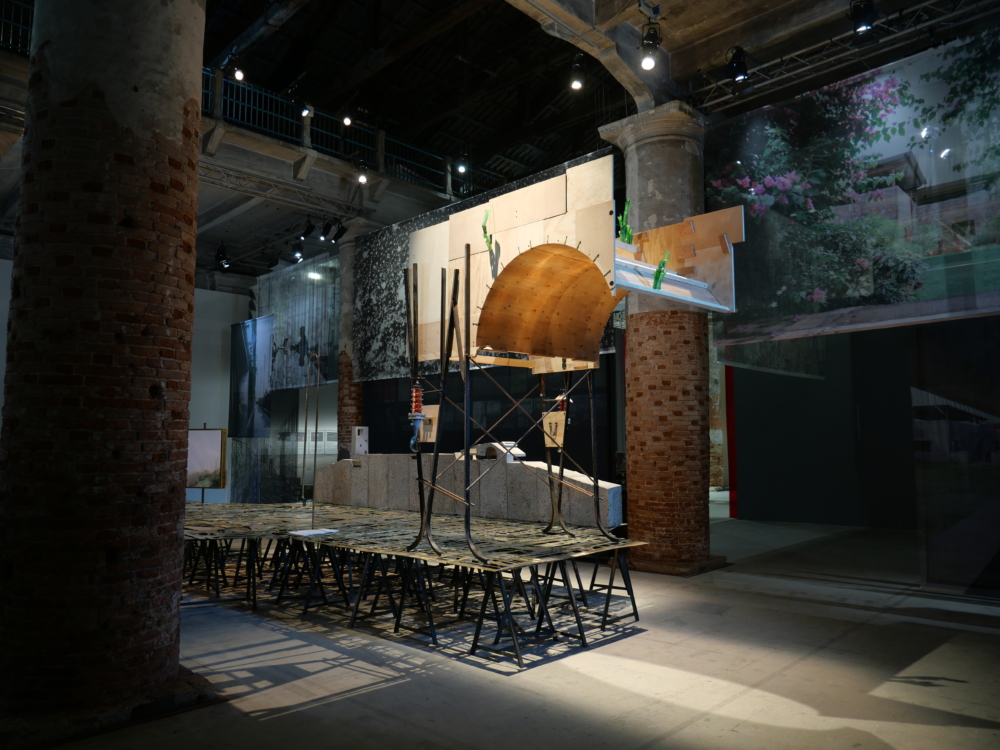 capriccio from ruins (that time the hills dropped into the lagoon), 2023 | reversed fence posts and glass insulators from the NATO Base Calvarina, salvaged wood provided by Rebiennale | R3B from the previous edition of the Venice Biennale 2022, scrap iron from German Pavilion – Biennale 2023, ancient terracotta fragments and glass bottle necks salvaged from a cove in Venice, brass from old architectural models from AMAA and from the discards of DeCastelli’s production | cm 318 x 203,5 x 257,5
capriccio from ruins (that time the hills dropped into the lagoon), 2023 | reversed fence posts and glass insulators from the NATO Base Calvarina, salvaged wood provided by Rebiennale | R3B from the previous edition of the Venice Biennale 2022, scrap iron from German Pavilion – Biennale 2023, ancient terracotta fragments and glass bottle necks salvaged from a cove in Venice, brass from old architectural models from AMAA and from the discards of DeCastelli’s production | cm 318 x 203,5 x 257,5
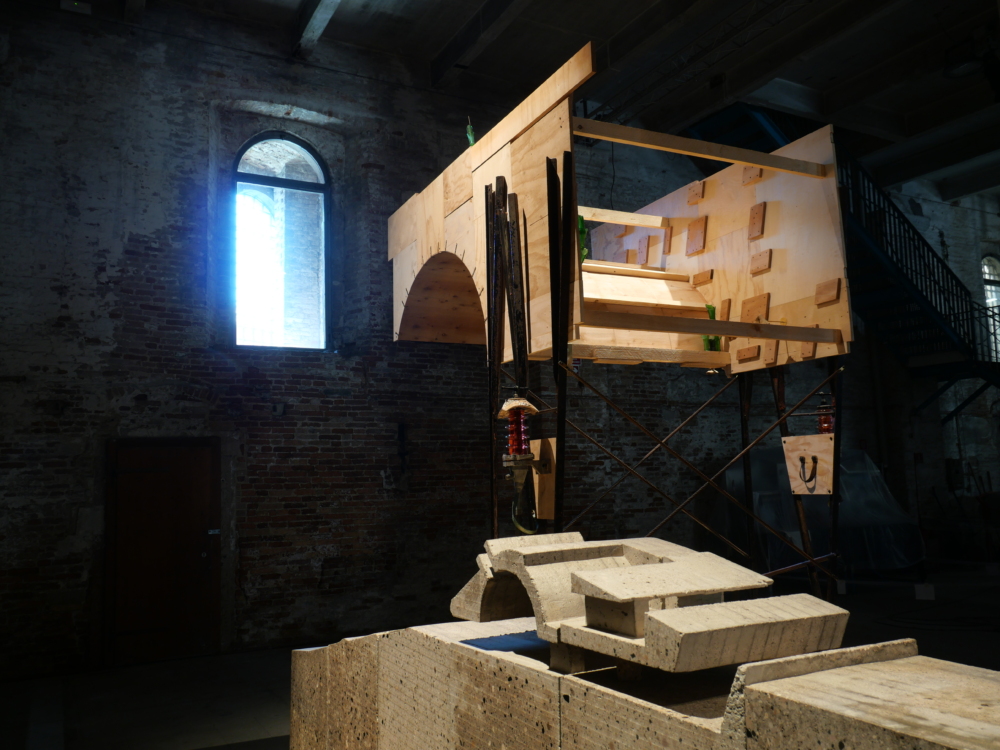 capriccio from ruins (that time the hills dropped into the lagoon) feat. On topography by AMAA
capriccio from ruins (that time the hills dropped into the lagoon) feat. On topography by AMAA
An arch that looks like a starry sky of skin
Marie Achebe
The work presented by Nero for AMAA’s project in Arsenale encapsulates the artist’s most peculiar aptitude: the ability to read the space and ideas hidden within projects and places to transform them into sculptures and installations that satiate the viewer. With this monumental sculpture, created at the Venetian space of Zuecca Projects, Nero combines a series of unusual materials by placing in dialogue distant timelines and two foreign and opposing territories, the hill of the former NATO base in Monte Calvarina (between Vicenza and Verona) and the Venetian lagoon.
The fence posts taken from the military base, deprived of the barbed wire, are turned upside down and assembled, joining the iron rods from the carpentry of the German Pavilion (Biennale 2023), the wooden upper part was instead recovered from the Biennale 2022 installations thanks to the staff of R3B | Rebiennale, on the sides, anchored outdoors, we find two insulators from the electrical compartment of the former NATO base.
Nero, in this project as in others, recuperates and plunders. In AMAA’s Venetian studio, he takes brass from the very first architectural models, machining it and transforming it into perforated plates, washers and custom-made joints.
Concluding the intervention, with poetry and reason, are a series of elements that are, to say the least, dreamlike, which Nero recovered, also in the lagoon, by lowering himself from a wall, thus reaching a small beach that of man has been welcoming debris for years. As always, as a prospector, archaeologist of the recent and the next, he collects and preserves ancient fragments of terracotta (sometimes engulfed and graffitied, others smoked and corroded) and glass bottlenecks, cracked and eroded by the lapping, among sand and small stones.
With the finding of the latter terracotta elements, he creates a kind of small museum in the open part of the structure, forcing the viewer to turn his head upward, among small counterpoints and âgée set and supported among molded brass; while the green glass ends up becoming floral elements, weeds, precariously perched atop the arch.
Bold and pleasing is the choice of Nero, a longtime talented maker of precious ceramics, not to include newly produced elements in this project, unceremoniously following curator Lesley Lokko’s indications that she hoped for the development of the theme of decarbonization.
Capriccio from ruins (that time the hills dropped into the lagoon) takes its cue from the “capriccio with ruins” that made Francesco Guardi famous in the 1700s, which Nero restores to us in this work with his classic play on words that turns with into from, indicating that from ruins and forgotten-and transformed-objects this impressive sculpture was composed.
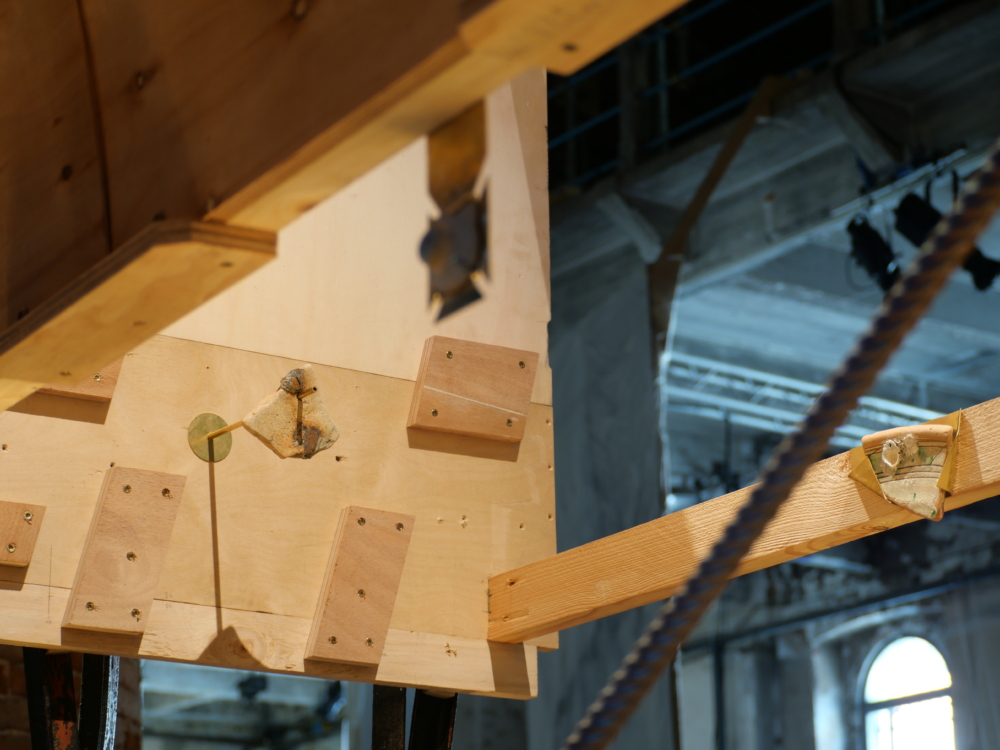
detail from: capriccio from ruins (that time the hills dropped into the lagoon), 2023
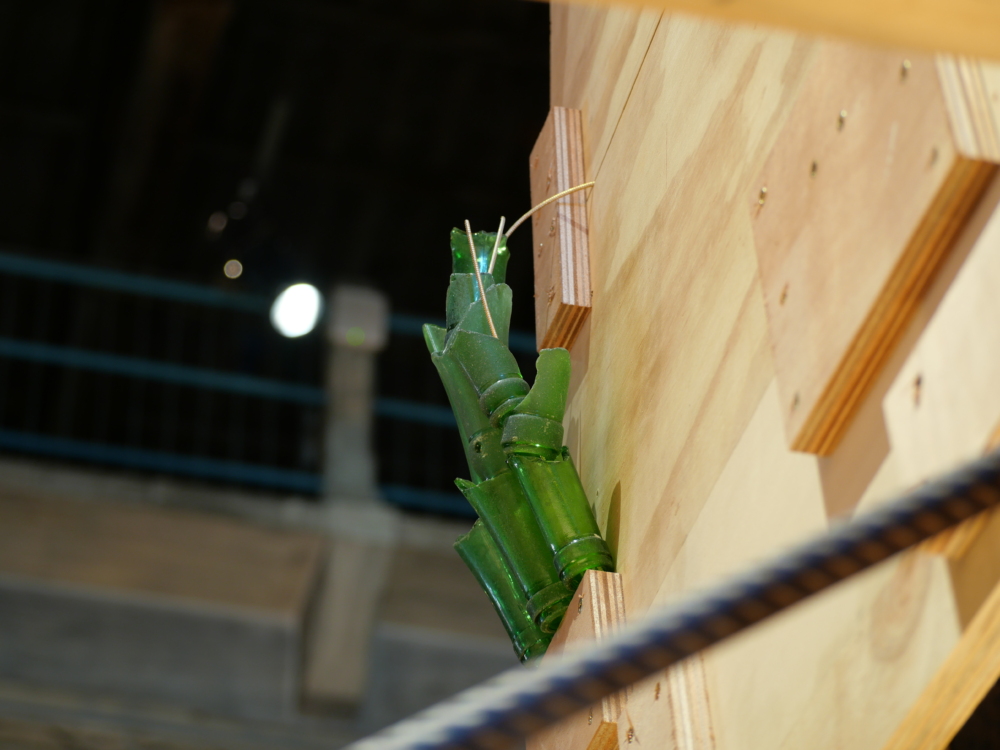
detail from: capriccio from ruins (that time the hills dropped into the lagoon), 2023
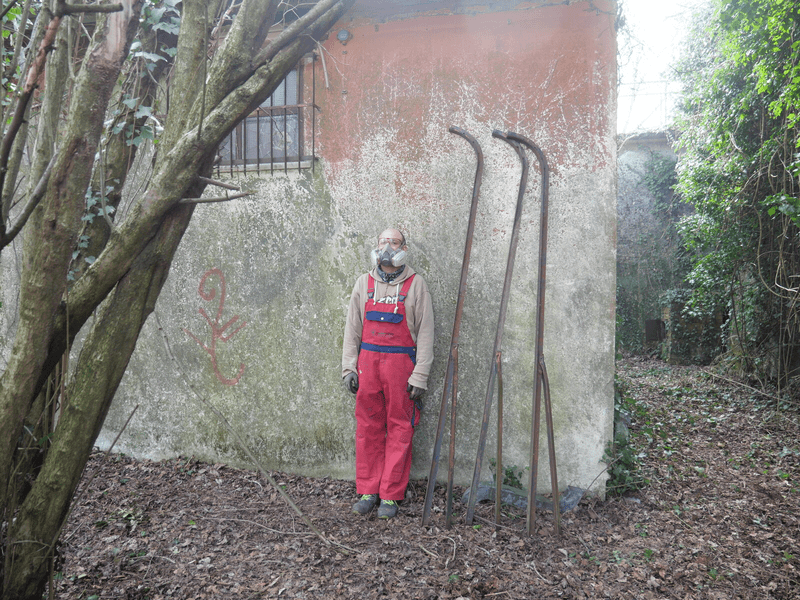
Nero during the second survey and subsequent selection and collection of material at NATO Base Calvarina
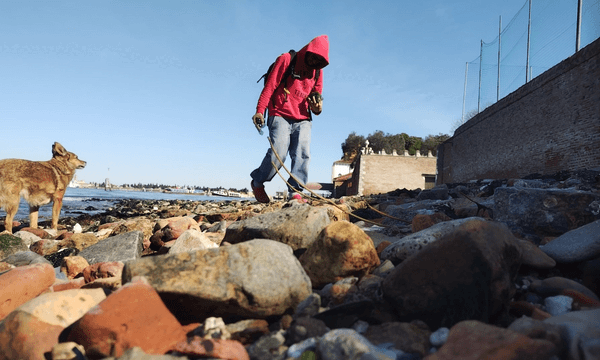
Nero while collecting bottle necks and ancient terracotta in a small cove in Venice

detail from the studio table: Article “La clinica dei monumenti – Gli illustri malati di Venezia”* by Gaetano Moretti (Venice, 29 March 1905) in LA LETTURA (May, year V, number 5), bottle necks and ancient terracotta fragments recovered from a small beach at Venice, rabbit skull from Certosa Island, shaped brass
*The Monuments Clinic – The Illustrious sicks of Venice
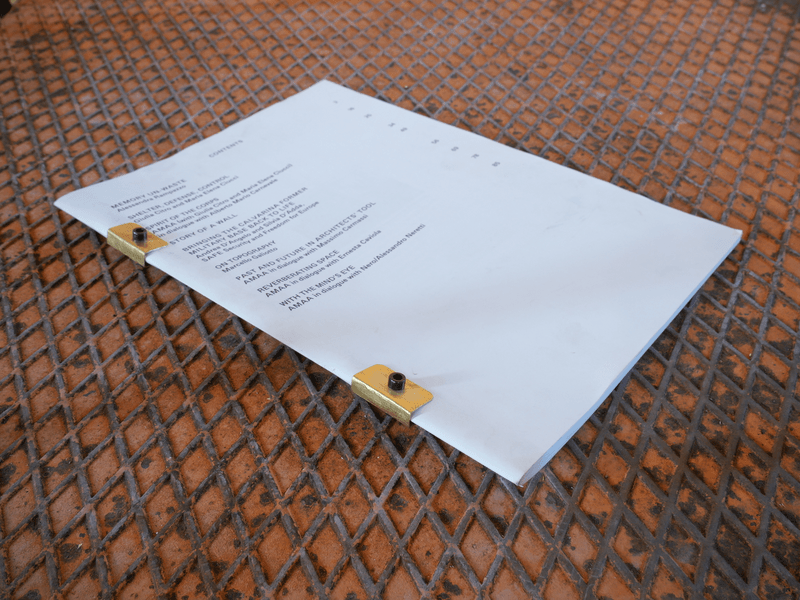
hand made recycled brass clamps for the AMAA book
Partner: Zuecca Projects and
Rebiennale | R3B
